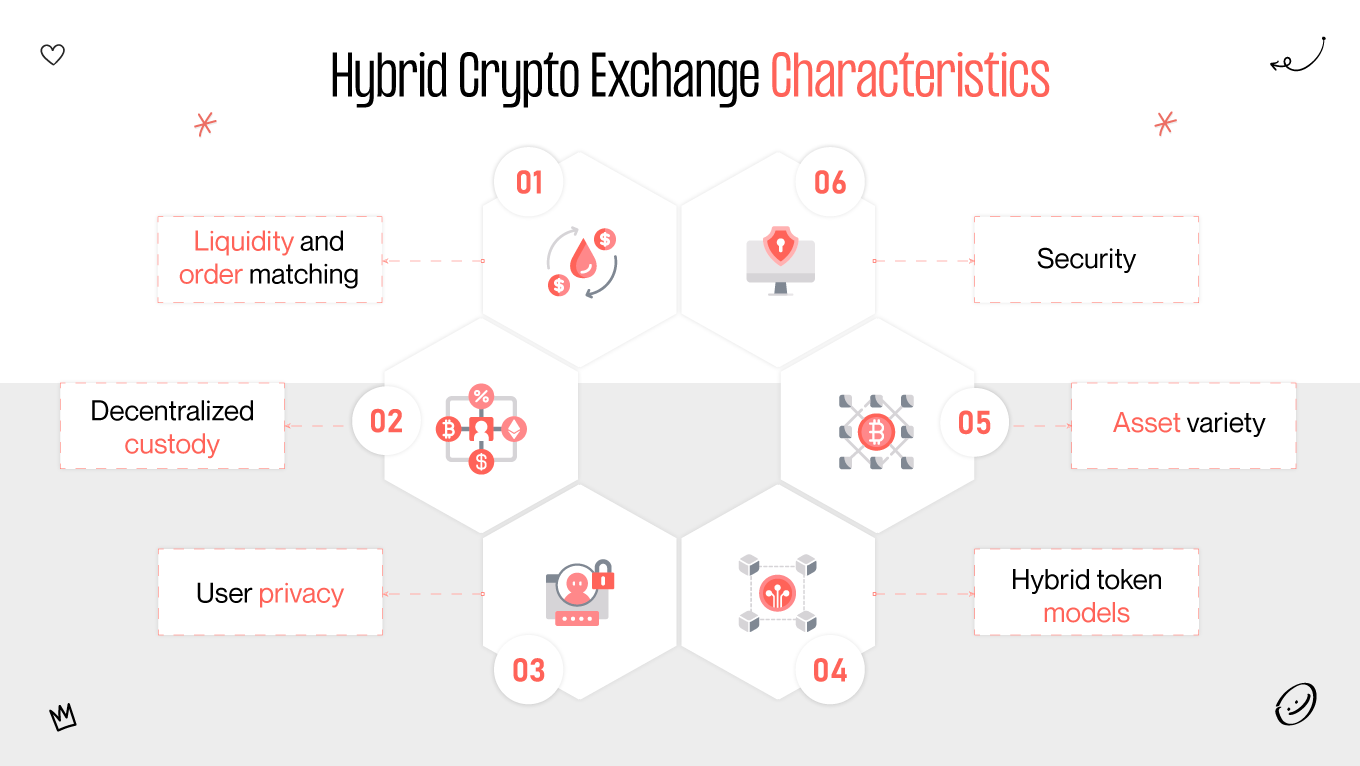More than 300 million people are expected to use cryptocurrency in 2024. As digital assets continue to capture the attention of investors and traders worldwide, the need for innovative solutions that combine the strengths of centralized and decentralized exchanges has become increasingly evident. The concept of a hybrid cryptocurrency exchange has emerged as a groundbreaking paradigm, bridging the gap between centralized and decentralized trading platforms. Let’s explore the fascinating realm of hybrid cryptocurrency exchange development, exploring its peculiarities.









